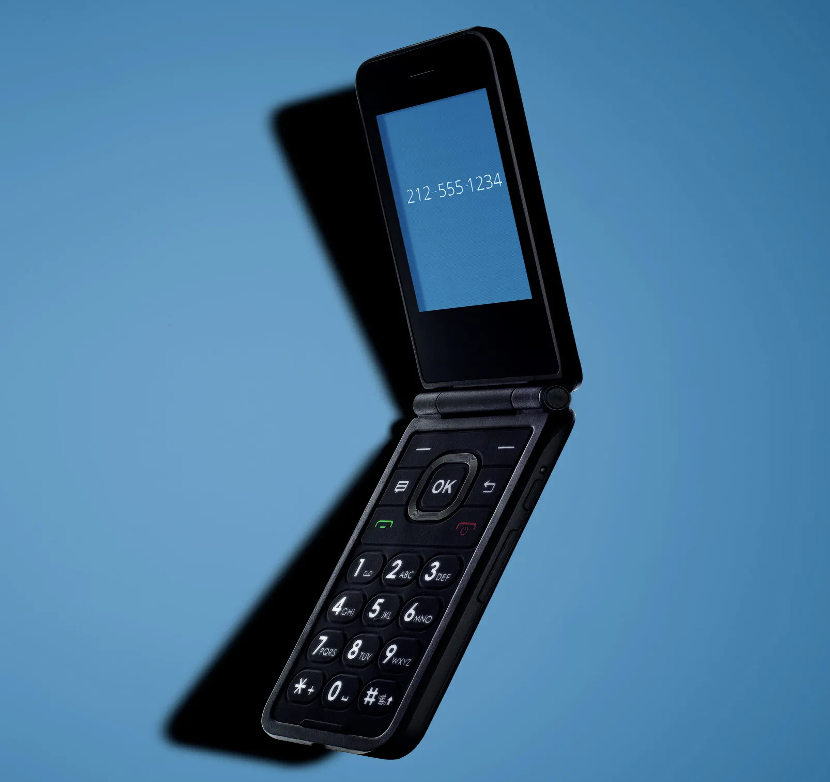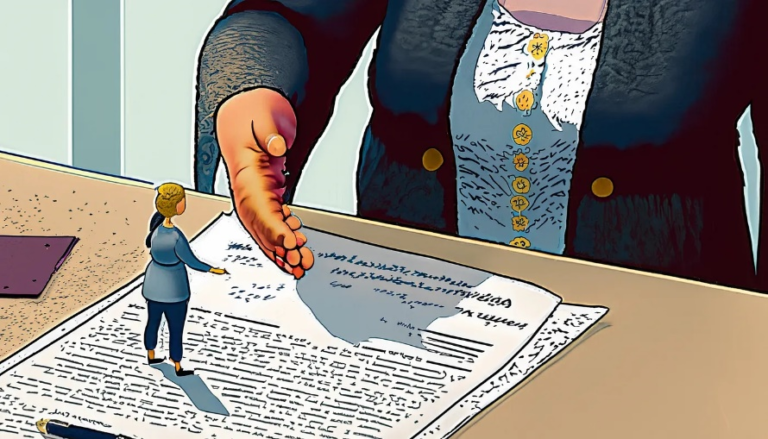I was addicted to my smartphone, so I switched to a flip phone for a month.
Source: Nieman Lab; The New York Times
Was it inconvenient? Yes. Did T9 texting drive me crazy? Definitely. Was it worth it? Absolutely.
By Kashmir Hill
Kashmir Hill is a technology reporter who now knows which local radio station plays classical music and listens to it regularly while driving.
This time of year, everyone asks what's your least favorite thing about your life, but they phrase it as "What's your New Year's resolution?"
My biggest regret in 2023 was my relationship with my smartphone, or my "tech appendage," as I called it in my iPhone setup. My Apple Screen Time reports regularly logged more than five hours a day.
That's only an hour more than the average American , but it still amazes me to think that I spent the equivalent of January, February and half of March staring at that little screen (April too, if we only count waking hours).
Sure, some (a lot?) of that time was spent lucratively on life-enriching or unavoidable activities: work, family texting, reading the news, and keeping up with far-flung friends. But according to my report, I picked up the device more than 100 times a day. And that attachment was increasingly accompanied by the kind of queasy regret I associate with unhealthy behavior: that feeling I get after drinking too many glasses of wine, finishing the whole bag of sour gummies, or staying at the poker table when I'm gambling. inclination.
So this December I made a radical change. I ditched my $1300 iPhone 15 for a $108 Orbic Journey: a flip phone. It makes phone calls and texts and that's it. It didn't even have Snake.
It may seem strange to go retro in the age of ChatGPT, artificial intelligence-driven personal stylists and Neuralink brain implants . But with advanced technology about to take deeper root in my life (though not in my brain; please, never in my actual brain), it seemed like the perfect time to course-correct with existing technology that already seemed out of my control.
The duller, the better
Making the change was neither easy nor quick. The decision to "upgrade" to Journey was apparently so absurd that my supplier wouldn't let me do it over the phone. I had to go to the store.
My 7-year-old son stared in disbelief at the technological relic on display next to a collection of fancier devices with touch screens. "Is that the phone you want? Are you kidding?" he asked, rubbing his fingers over the plastic keys of the Orbic Journey.
It wasn't my first choice. The Journey has been criticized by "dumb phone" connoisseurs. Not only is the battery life ridiculously short, but it loses service when on the move and you have to reboot it to plug it back in. But it was the only so-called minimalist phone that my low-budget carrier supported . (Ask your own carrier which models they will support if you undertake a similar journey).
There are superior options with reliable services available and some even have mapping capabilities, music players and voice-to-text. The minimalist market has expanded in recent years, said Jose Briones, who created a " dumb phone finder " to help people choose from 98 models he has tested. (Travel is not listed).
"People are digitally fatigued after the pandemic, after having to be online all the time," said Briones, 28, who is still online enough to manage the subreddit Dumbphone and periodically post reviews of devices on YouTube.
Briones still uses a smartphone during work hours, but at night, on weekends and during vacations, he switches to a $299 Light Phone II.
That device was "designed to be used as little as possible" by two founders discouraged by tech developers who measure success by the number of hours users spend glued to their apps. The credit card-sized phone can send text messages, make calls, keep a calendar, play music and podcasts, but it doesn't do much more than that.
Both the Light Phone and Briones' smartphone, the $480 Hisense A9 , have e-ink screens, like those on a Kindle.
"I've personally found that the duller the screen," Briones said, "the easier it is not to become addicted to it."
(Research bears this out. Simply switching a smartphone to grayscale mode helped people reduce their screen time by 18 percent in one study ).






